The ferry left at midnight.
Or it was supposed to. I boarded at 10:30, made my way to the four-person cabin, and promptly fell asleep. I woke up at about 6:00 and marvelling at how smooth and quiet this ferry was. None of that deep rumble and side to side swaying on the seas. Truly a welcome marvel of modern naval engineering. Then I heard the engines start.
I shot out of my cabin and onto the deck in disbelief. We hadn’t left Tangiers yet!
The next 26 hours were…long. There’s really nothing to do on a ferry except sleep, eat, and wander the halls aimlessly. Many people didn’t pay for cabins, so passengers were strewn in the hallways and corridors throughout the ship, huddled under thick colorful Moroccan blankets. The “lounge” area especially was transformed into an anthive of cacophonic snoring.
And on the second night, I learned that naval engineering still has not compensated for what some amusingly refer to as “choppy” seas. Choppy as in what was that “boom” noise and sudden jerk: a torpedo?! Is metal supposed to groan like this? How far can this thing list from one side to the other before it rolls over? Will I ever be able to walk in a straight line again? Should I be eating this croissant given the lurches in my stomach? Deep existential questions of that nature.
When the ship docked in Barcelona some 36 hours after I had boarded it, out of all the hundreds of passengers I was quite literally the first person off.
June 3rd,2009
Morocco |
3 Comments
 So I’ve been in travel hibernation for a few weeks, but not asleep! One of my primary projects during this time has been the creation of my first model photography book, Portraits of Beauty.
So I’ve been in travel hibernation for a few weeks, but not asleep! One of my primary projects during this time has been the creation of my first model photography book, Portraits of Beauty.
Here’s an excerpt from the book jacket:
“The soul that can speak through the eyes, can also kiss with a gaze”
– Gustave Adolfo Becquer
Of all types of model photography, the portrait is ultimately the most intimate. It transcends mere physical beauty to offer a deeply personal window into the soul, a glimpse of infinity as form and essence are captured in a single frame.
Portraits of Beauty is a collection of model portraits taken between 2003 and 2008 in Chicago, Minneapolis and Iowa, a photographic ode to some of the most remarkably beautiful women to grace the American Midwest.
You can see more detail, view the first 15 pages, and buy the book here as an 8×10 hardcover with premium photo-quality paper. Buy 10 copies today!
And then there was a book.
A compilation of my best door photographs from Morocco, available now as an 80-page, hardcover 8×10 coffee-table book. Click here or on the image to preview the book:
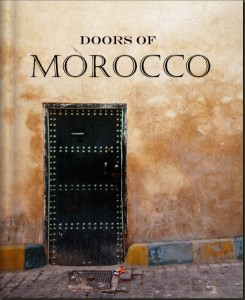
More to come.
Out of Africa, and time to pause the photography and blogging for a bit.
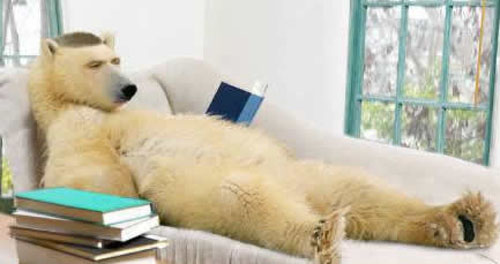
I’ll be back.
April 25th,2009
Travels |
3 Comments
If Tangiers, the northernmost city in Morocco, were situated just a few more miles north, it would reach Spain and the Mediterranean Sea would be landlocked, cut off from the Atlantic.
But it isn’t, and thus Tangiers guards the southern tip of the Strait of Gibraltar, which until the 1869 completion of the Suez Canal via Egypt was the only way out of the Mediterranean to the rest of the world.
Due to its key geographic location, Tangiers has come under numerous rulers, from the Romans to the Ottomans to squabbles between the main colonial powers (France, Spain and Britain). Spain and Britain, in fact, both retain little bits of land on the northern Moroccan coast.
Also owing to its status as a major port and main ferry docking for the millions of visiting Europeans driving down through Spain into Morocco, Tangiers has also historically been a hotbed of smuggling, crime and international espionage. While I didn’t see much of the latter, and while the city has been desperately (and apparently successfully) trying to clean up its image (much like New York did with Times Square during the 90s), there is no question that Tangiers retains some of that rugged frontier-town feel. Never have I had so many shady and seedy characters approach me with all kinds of illicit offers in such a short period of time as I have in Tangiers, and quite a few times I was warned by locals to be careful in the apparently unsafe areas in which I found myself (oh, the perils I go through for photography!)
And just off the coast, several container ships languishing indefinitely, their crews arrested and jailed after discovery of shipments of drugs on board. Given the easy availability of such on the streets of Tangiers, I wonder how many more ships slip through.
But all is not crime and seediness. Tangiers has also been a hotbed of artistic activity, from painters Matisse and Delacroix, to writers like Paul Bowles, Jack Kerouac, Tennessee Williams, William Burroughs and Brion Gysin to musical bands such as the Rolling Stones.
All in all an intriguing city full of intrigue.
April 23rd,2009
Morocco |
1 Comment
The many doors of Tangiers, gateway into Morocco:
April 22nd,2009
Morocco |
2 Comments
It’s a small picturesque village in the northern Moroccan hills. And it’s really, really blue:
April 21st,2009
Morocco |
3 Comments
After visiting the surprisingly blue town of Bundi in India, I didn’t think I would ever come across a place more blue. I was wrong. Even the doors of Chefchaouen are blue:
April 20th,2009
Morocco |
3 Comments
Almost no one wears a fez in Fez, but I did manage to find and photograph (barely) the one man who does (second row from the bottom).
April 19th,2009
Morocco |
1 Comment
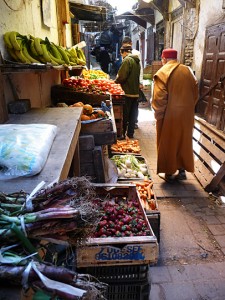 Fez is the fourth largest city in Morocco, and one of four Moroccan “imperial cities” (the others being Marrakesh, Meknes and Rabat).
Fez is the fourth largest city in Morocco, and one of four Moroccan “imperial cities” (the others being Marrakesh, Meknes and Rabat).
Its incredibly busy and amazingly large central medina is a mass of twisting streets and jumbling alleyways. No streets go in straight lines or turn at right angles, and alleys narrow to slim fissures or suddenly dead-end without reason. Although I am usually blessed with a fairly good sense of direction, I got hopelessly (although not unintentionally) lost a number of times.
Fez’s medina, in fact, is believed to be the largest contiguous car-free urban area in the world, and is a UNESCO World Heritage sight.
It is believed that near the end of the 12th century, Fez was the largest city in the world, attracting Muslim, Jewish and Christian immigrants both by virtue of its prosperous trade and renown as a center of scientific and religious learning. Repeatedly Fez ruled as the capital city of Morocco, the latest until 1912 when the French shifted the seat of power to coastal Rabat.
And Fez, of course, was originally the only source of those conical red felt hats, known throughout the world as…fez hats. Precious few of those remain in fashion, however, ousted it seems by a sudden invasion of baseball caps.
Fez may not have retained all of its traditions or its status of old, but it certainly hasn’t forfeited its charms. The fourth largest city, one of the four imperial cities, belongs at the fore of any Moroccan itinerary, for sure.
April 18th,2009
Morocco |
No Comments
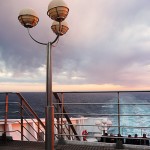
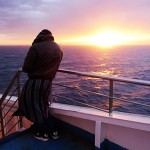
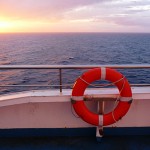
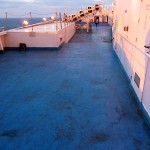
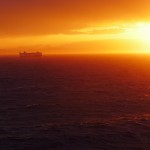
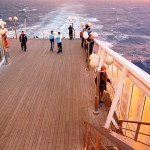
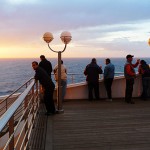
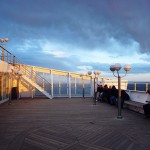
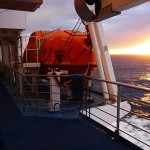
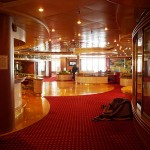
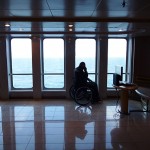
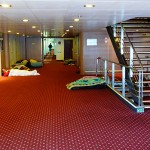
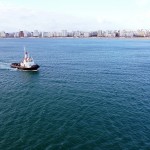
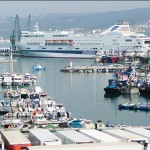



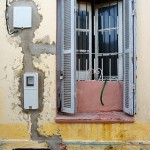
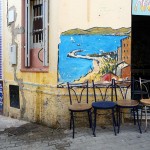
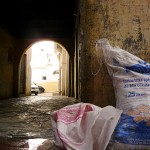
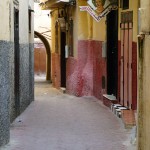
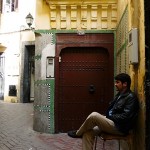
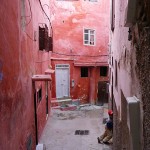
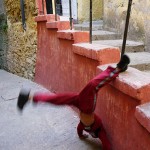
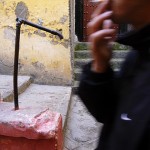
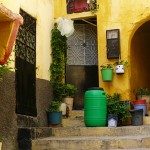
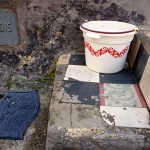
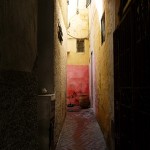
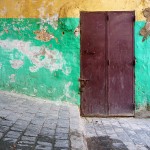
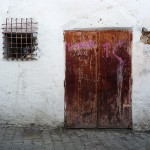
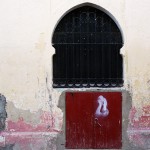
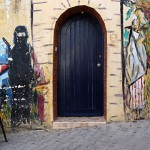
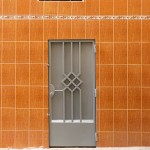
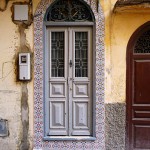
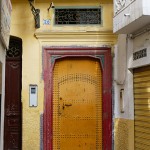
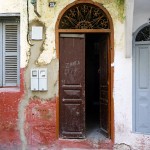
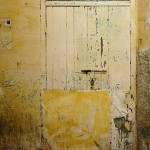
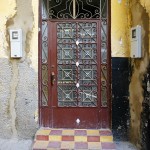
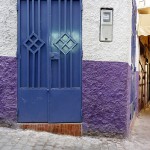
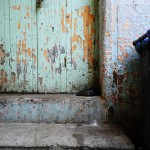
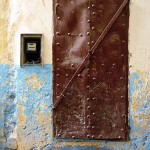
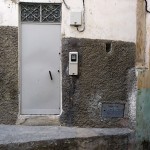
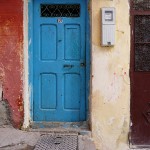
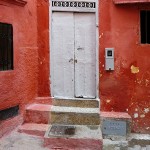
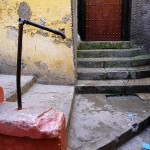
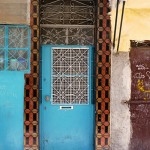
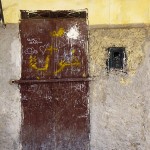
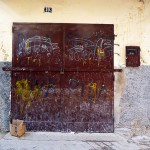
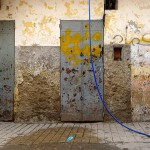
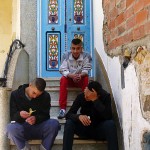
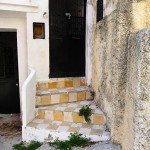
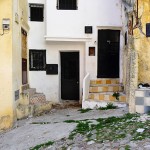
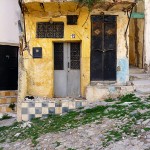
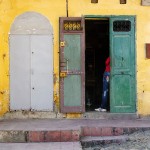
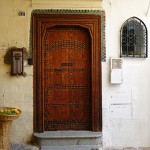
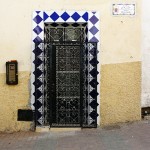
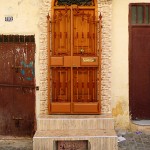
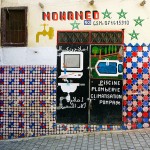
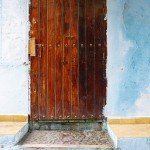
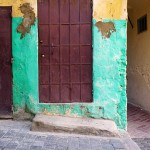
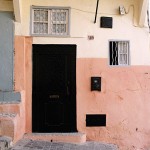
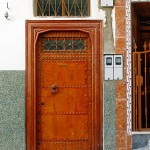
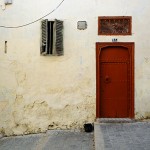
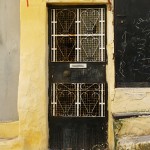
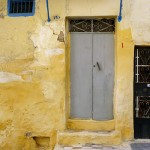
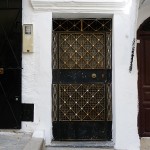
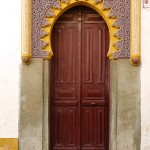
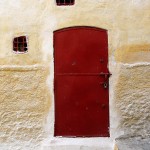
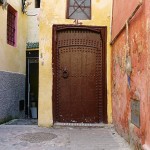
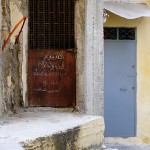
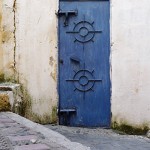
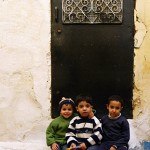
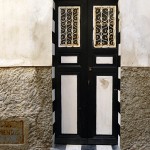
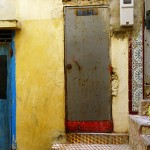
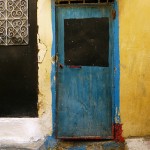
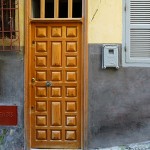
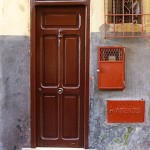
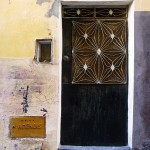
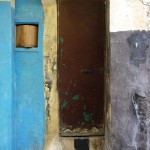
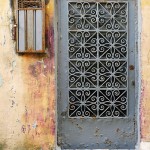
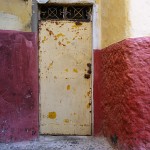
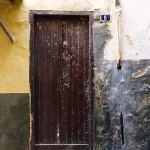
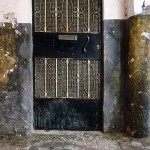
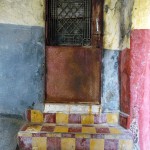
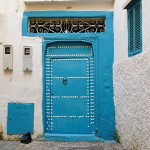
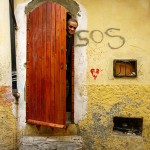
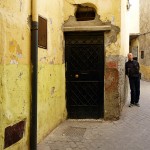
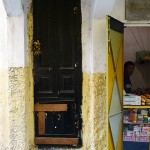
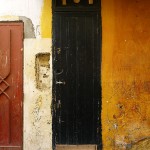
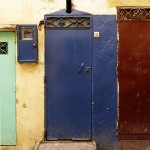
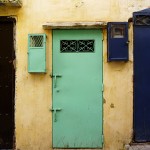
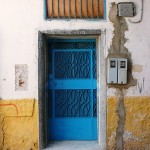
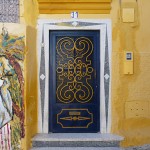
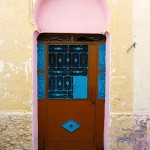
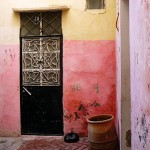
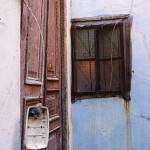
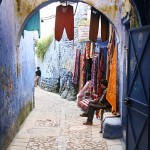
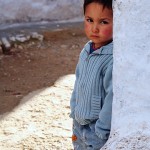
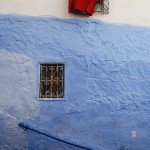

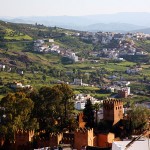
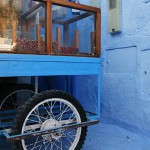
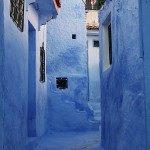
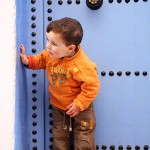
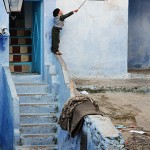
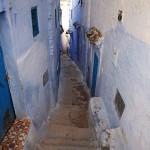
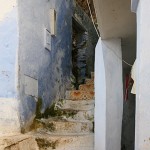
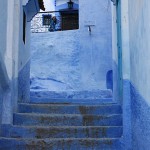
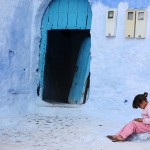
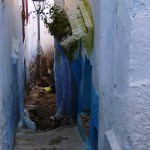
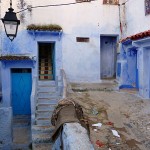
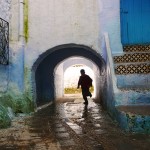
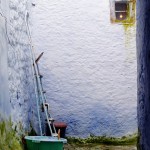
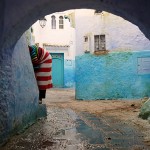
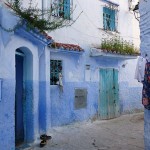
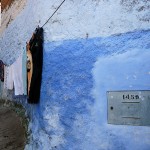
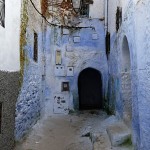
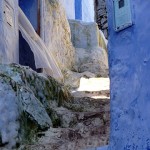
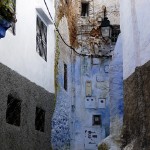
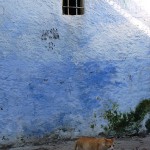
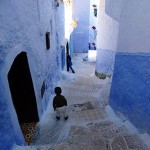
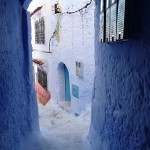
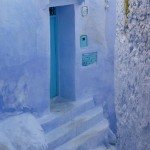
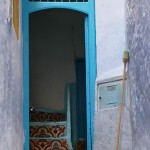
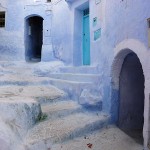
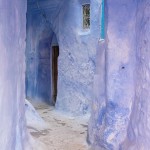
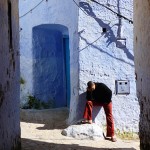
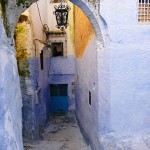
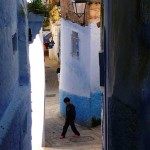
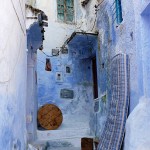
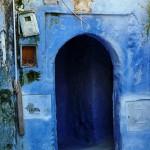
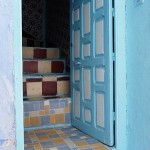
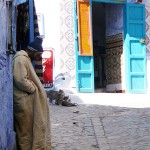
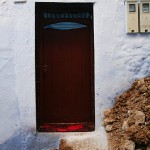
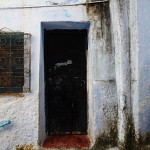
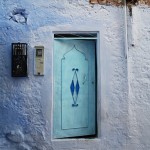
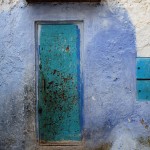
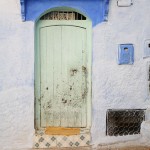
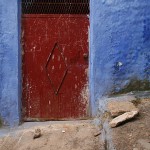
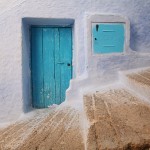
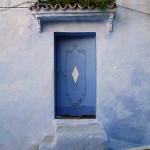
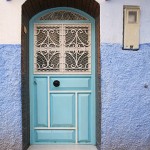
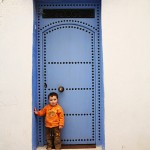
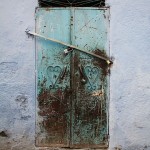
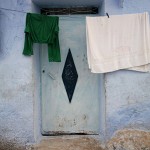
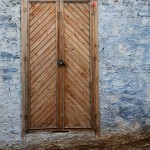
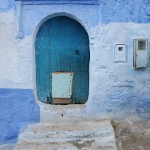
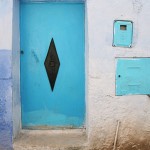
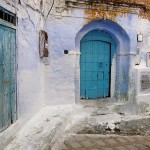
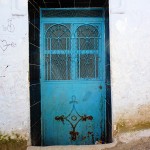
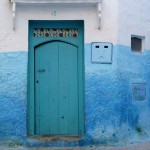
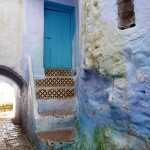
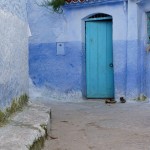
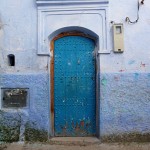
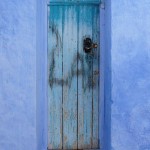
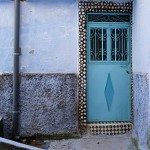
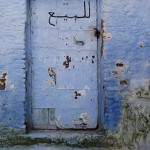
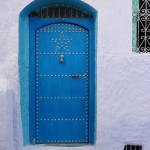
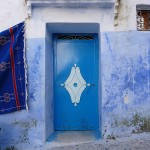
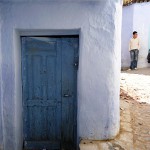
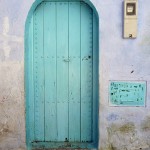
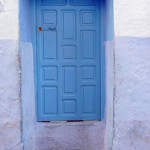
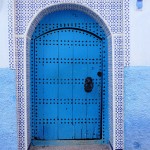
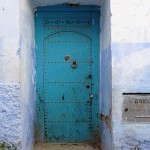
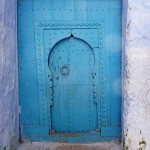
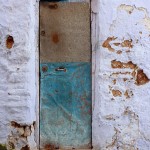
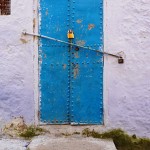
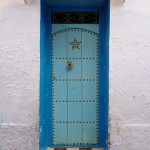
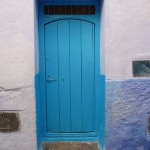
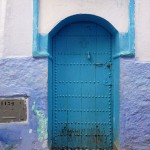
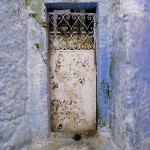
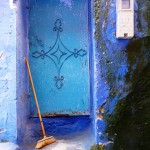
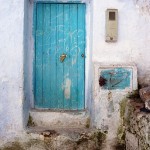
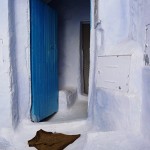
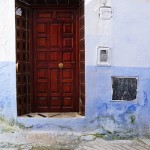
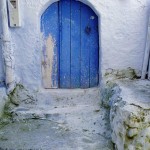
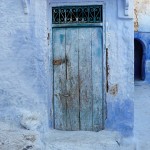
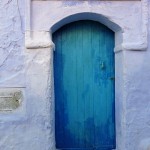
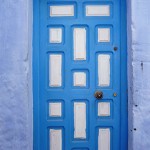
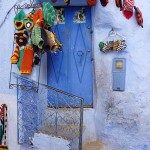
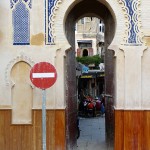
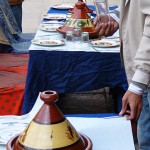
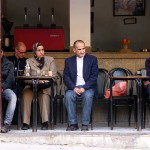
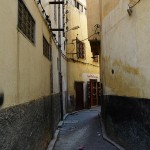
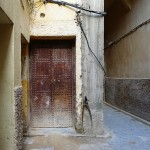
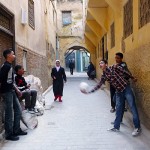
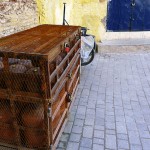
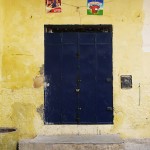
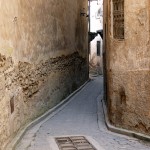
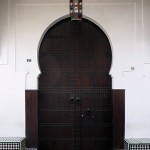
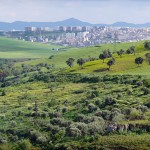
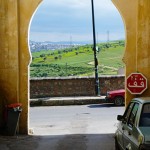

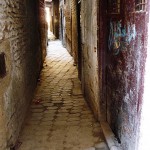
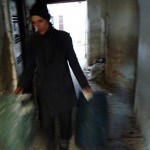
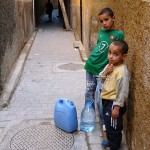
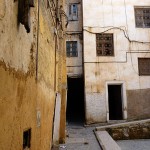
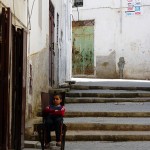
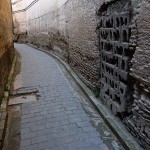
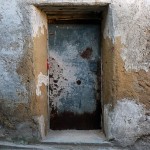
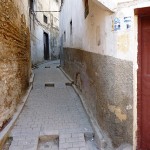
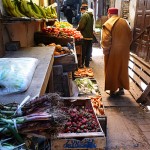
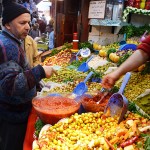
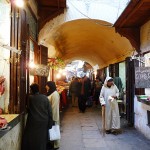
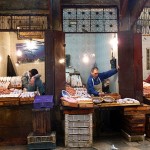
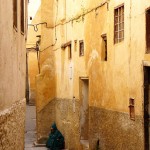
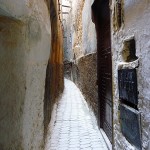

 Click to subscribe via RSS feed
Click to subscribe via RSS feed
